Introduction
No, dogs cannot eat rhubarb. Rhubarb is a perennial plant with strikingly red stalks and thick deep-green leaves. It is a popular garden decoration and tasty kitchen ingredient used for both sweet and salty food options.
Plus, rhubarb is nutritionally dense with nutrients such as dietary fiber, potassium, magnesium, manganese, and vitamin C. However, dogs cannot eat rhubarb as the plant, especially its leaves, are toxic.
Why is Rhubarb Bad for Dogs?
The rhubarb plant is on the ASPCA’s list of toxic plants for dogs. To be more precise, the rhubarb leaves are poisonous to dogs because they contain calcium oxalate crystals, while the rhubarb stalks are not directly toxic but pose a choking hazard.
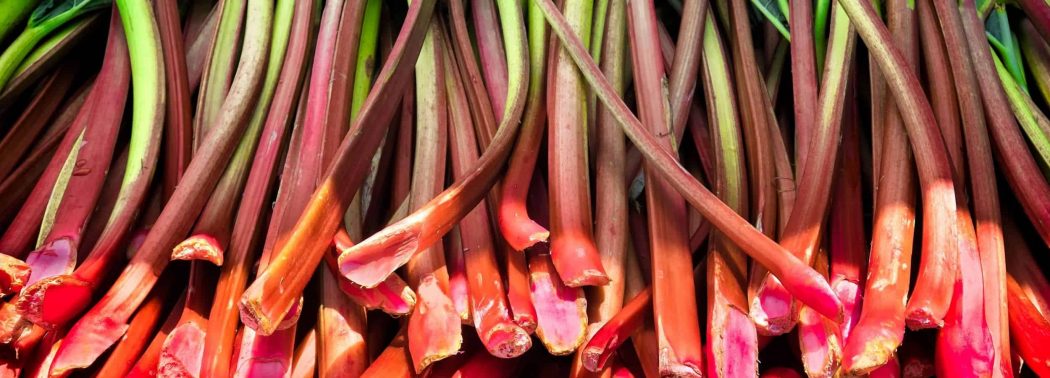
Calcium Oxalate Crystals
Rhubarb contains soluble calcium oxalate crystals, which can be found in all parts of the plant but are mostly concentrated in the large leaves. The calcium oxalate crystals are, in fact, calcium salts of oxalic acid. Oxalate poisoning is a life-threatening issue and a plausible situation for dogs and other pets.
GI Tract Issues
Because of its high acidity, oxalic acid burns the tissues it comes into contact with. Namely, once they are inside the mouth, the crystals embed themselves into the mouth and throat tissues causing severe irritation and swelling. As the crystals travel through the digestive system, they trigger a widespread irritation which results in accented gastrointestinal upset.
Breathing Issues
If the irritation of the mouth and throat is accompanied by swelling, the dog may experience breathing difficulties.
Urinary Tract Issues
Once absorbed into the bloodstream, the oxalic crystals bind with the dog’s calcium causing a two-fold problem. First, low blood calcium levels may result in acute kidney failure. Second, the crystals may form urinary stones or uroliths.
Choking Hazard
Finally, the rhubarb stalks (which are low in oxalic acid) pose another danger – they are a choking hazard. This is because rhubarb stalks have a stringy texture, and dogs tend to gulp down on food.
Signs my Dog Ate Rhubarb
It may take up to two hours after the ingestion incident before the dog starts showing signs of rhubarb intoxication. The exact timeframe and scenario depend on the amount consumed and whether the dog chewed or swallowed the rhubarb.
If the dog chewed the rhubarb, the signs manifest sooner and usually include:
- Excessive drooling
- Pawing at the mouth
- Mouth sores
- Vomiting
- Diarrhea
- Lack of appetite
- Abdominal pain
- Hoarse barking.
If the dog swallowed the rhubarb and the oxalic acid did not get released until inside the stomach and intestines, the clinical signs will appear later and include:
- Vocalization
- Dilated pupils
- Cardiac arrhythmia
- Tremors and seizures
- Increased thirst and water intake
- Changes in urination frequency
- Blood in the urine.
Finally, if the irritation is accompanied by severe swelling of the throat and its surrounding tissues, there will be signs like:
- Visible swelling of the lips
- Visible swelling of the tongue
- Labored breathing
- Gasping for air.
The good news is that rhubarb has an awful taste meaning dogs rarely eat enough to experience intoxication. However, even the small consumed amounts are usually enough to trigger irritation of the digestive system.

What to Do if my Dog Ate Rhubarb?
In case you see your dog eating rhubarb, you need to give first aid – rinse the mouth with cold water to wash out as many calcium oxalate crystals as possible. Then, call the vet and explain the situation.
In most cases, the vet will recommend going to the clinic where they will perform a clinical examination (if you are not sure what the plant your dog ate is, bring it to the vet’s office for identification).
The veterinarian will order a complete blood count, biochemistry panels, and urine tests to evaluate the dog’s overall health and assess kidney function. Based on the results, the vet will administer intravenous fluids, symptomatic therapy, and anti-pain medications.
Summary
All in all, dogs cannot eat rhubarb as rhubarb is toxic. On the bright side, if you accidentally drop a scrap of rhubarb or your dog steals some from the countertop, do not worry – a few bites are not likely to cause intoxication.
However, you must never intentionally feed rhubarb to your dog. Rhubarb poisoning is a potentially lethal situation, and according to Wag Walking, the treatment for rhubarb poisoning costs an average of $1200.
Sources
- Animal Poison Control – Rhubarb, ASPCA, 2021
- Rhubarb Poisoning in Dogs, Wag Walking, 2017
- Calcium Oxalate Bladder Stones in Dogs, Tammy Hunter, DVM; Ernest Ward, DVM, 2020
- A review of oxalate poisoning in domestic animals: tolerance and performance aspects, M M Rahman, R B Abdullah, W E Wan Khadijah, 2012
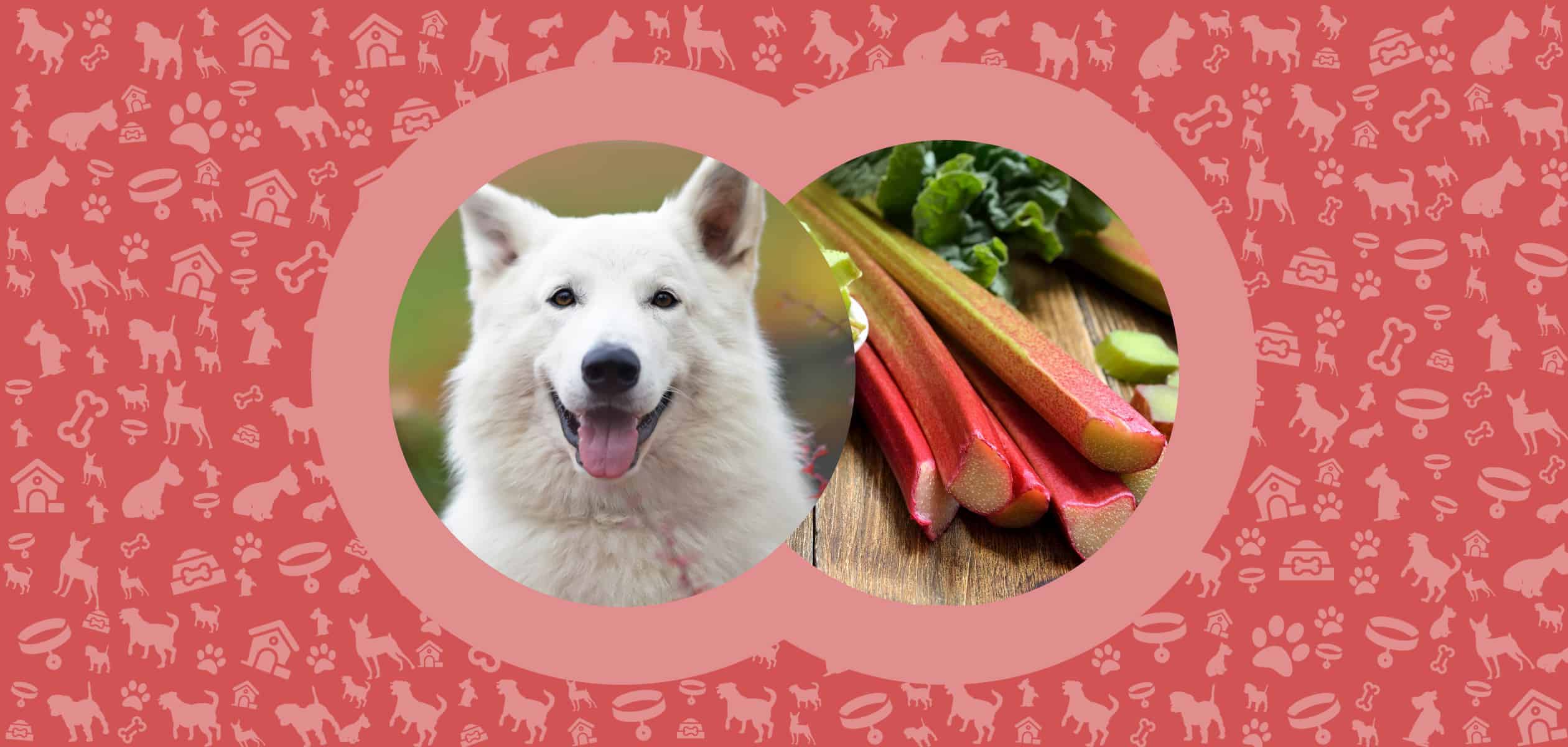
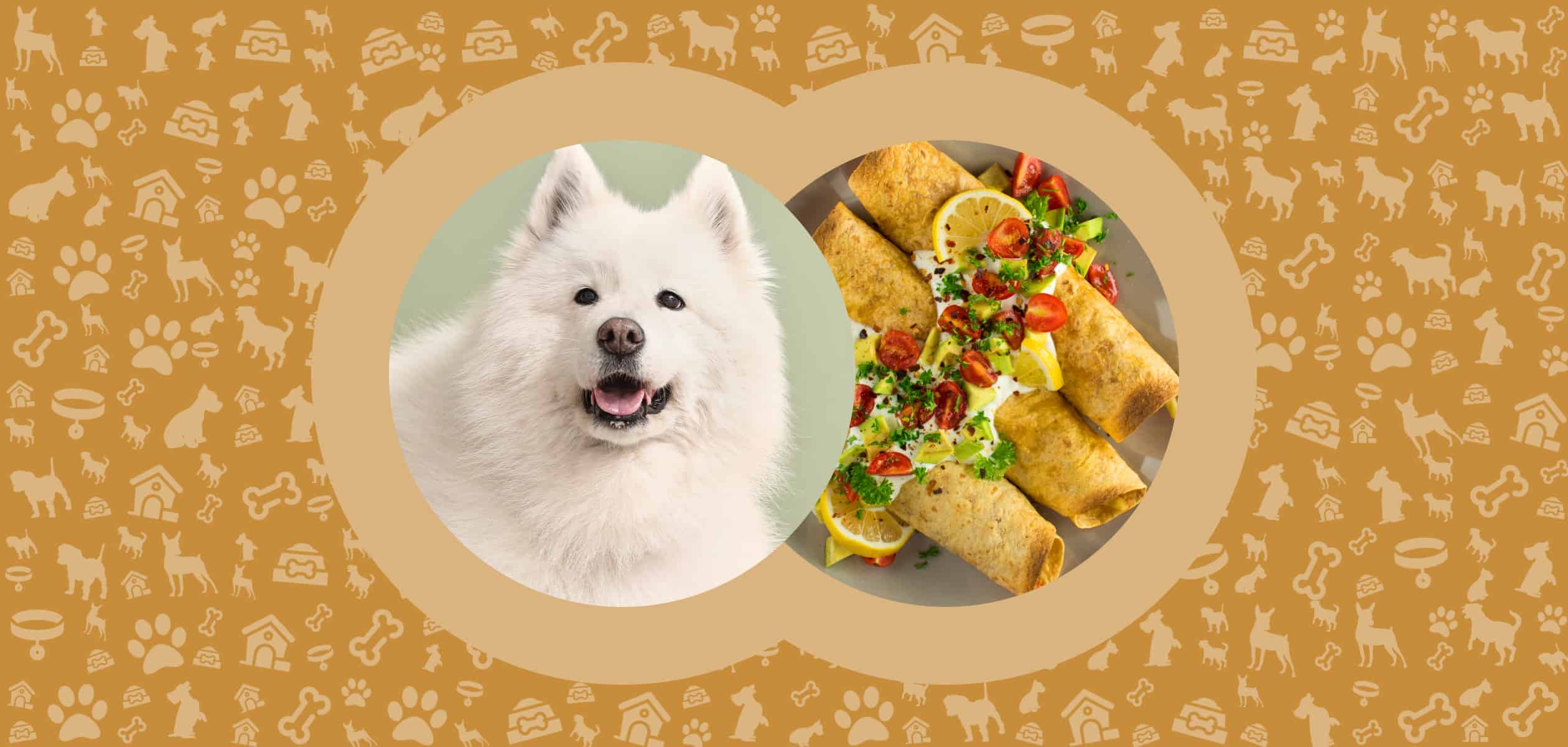
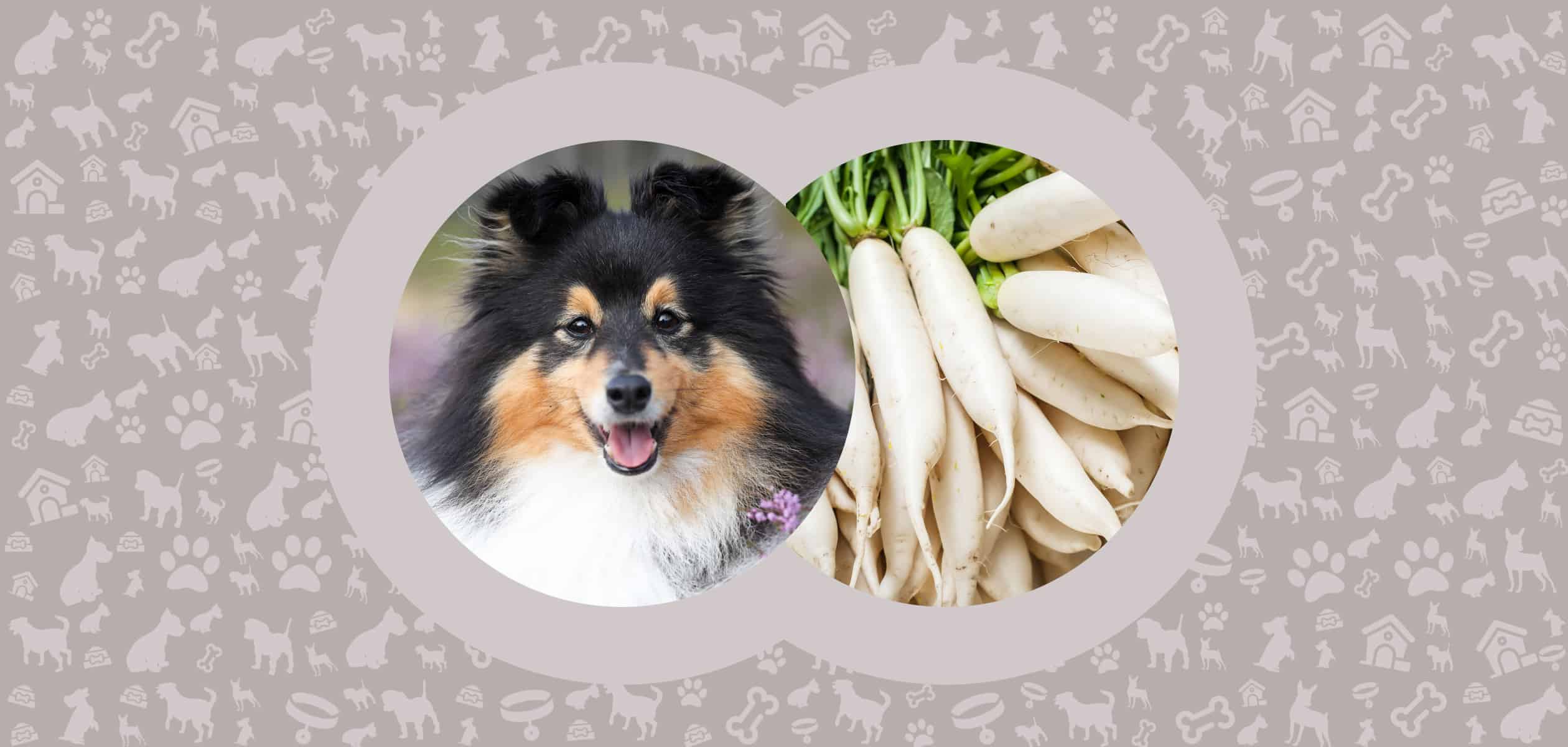
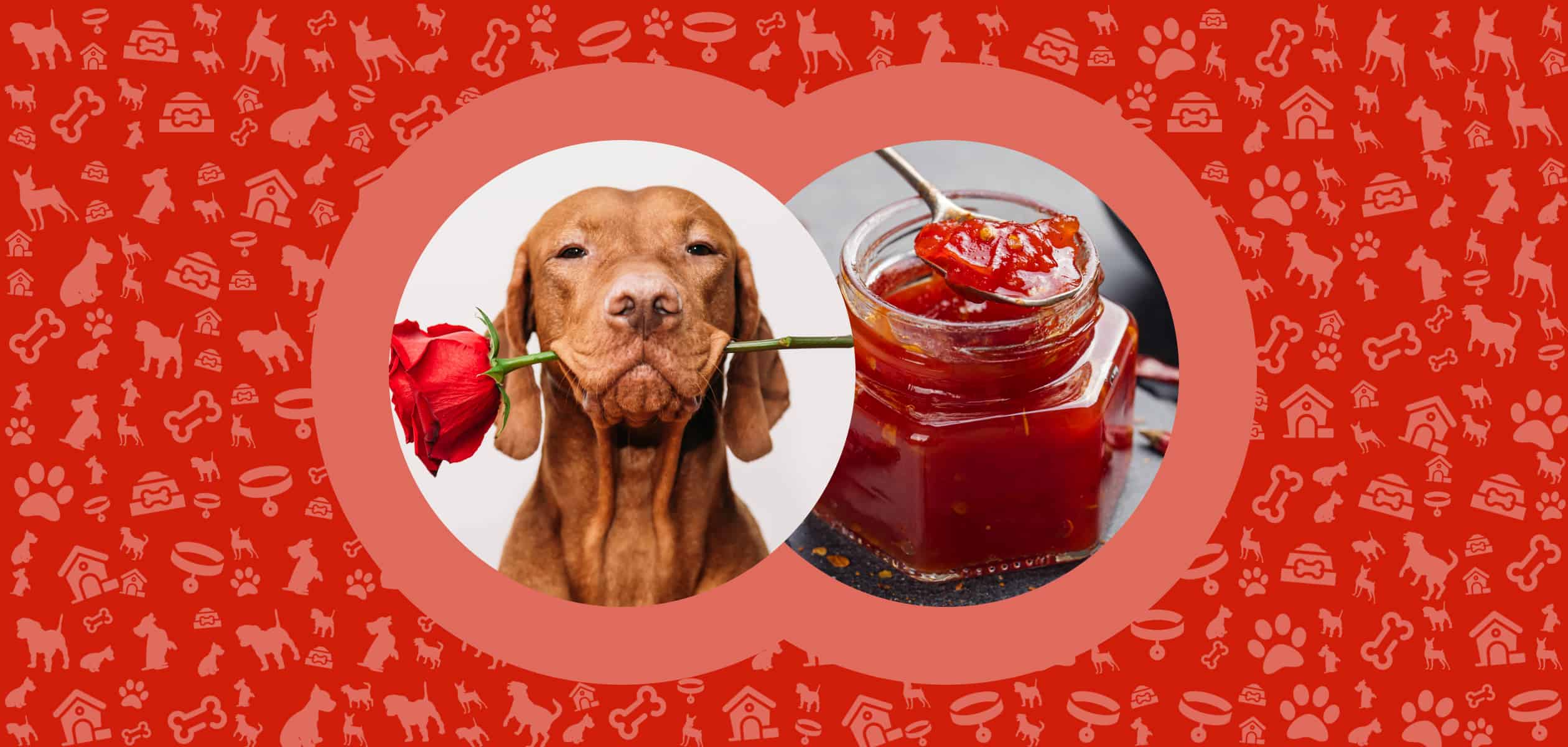
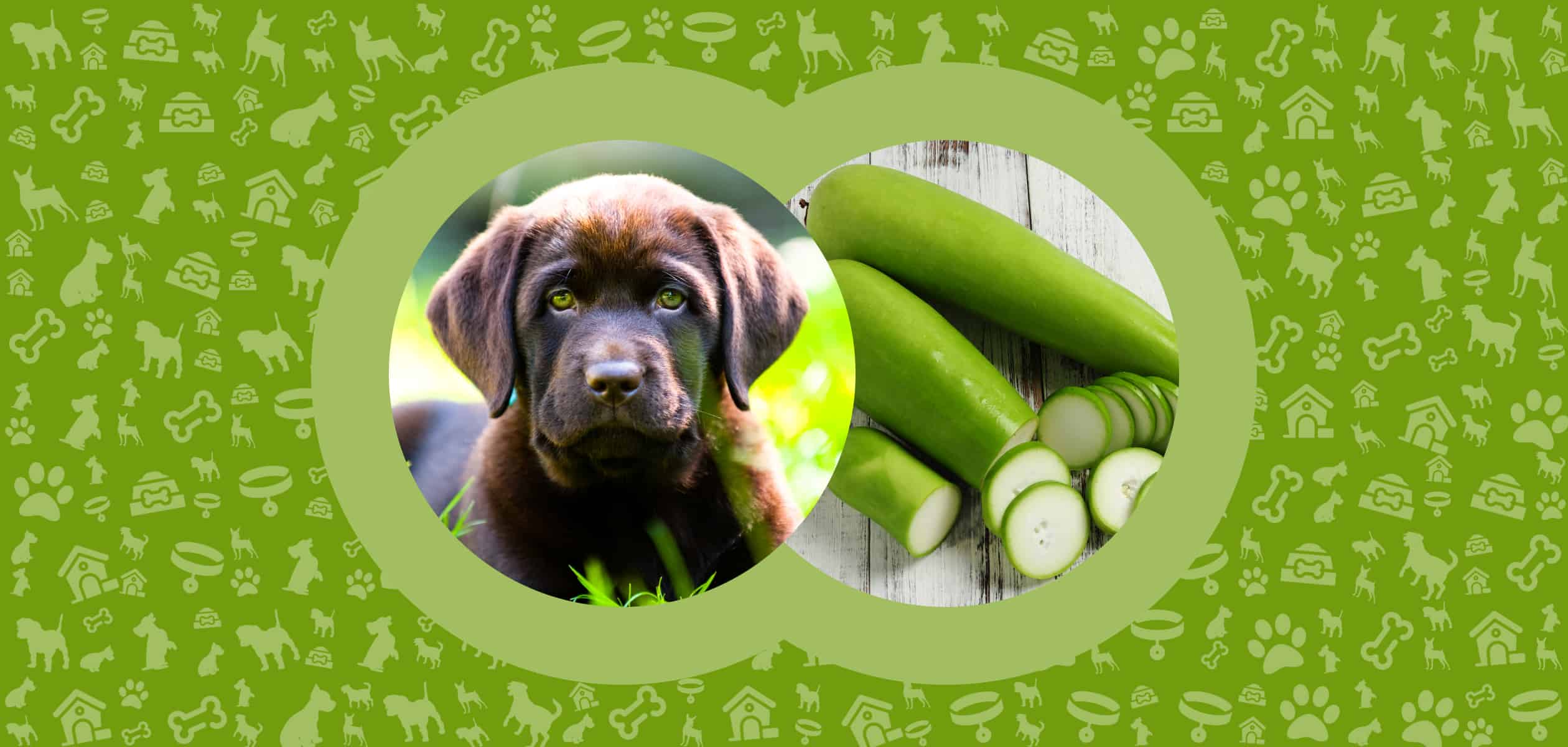
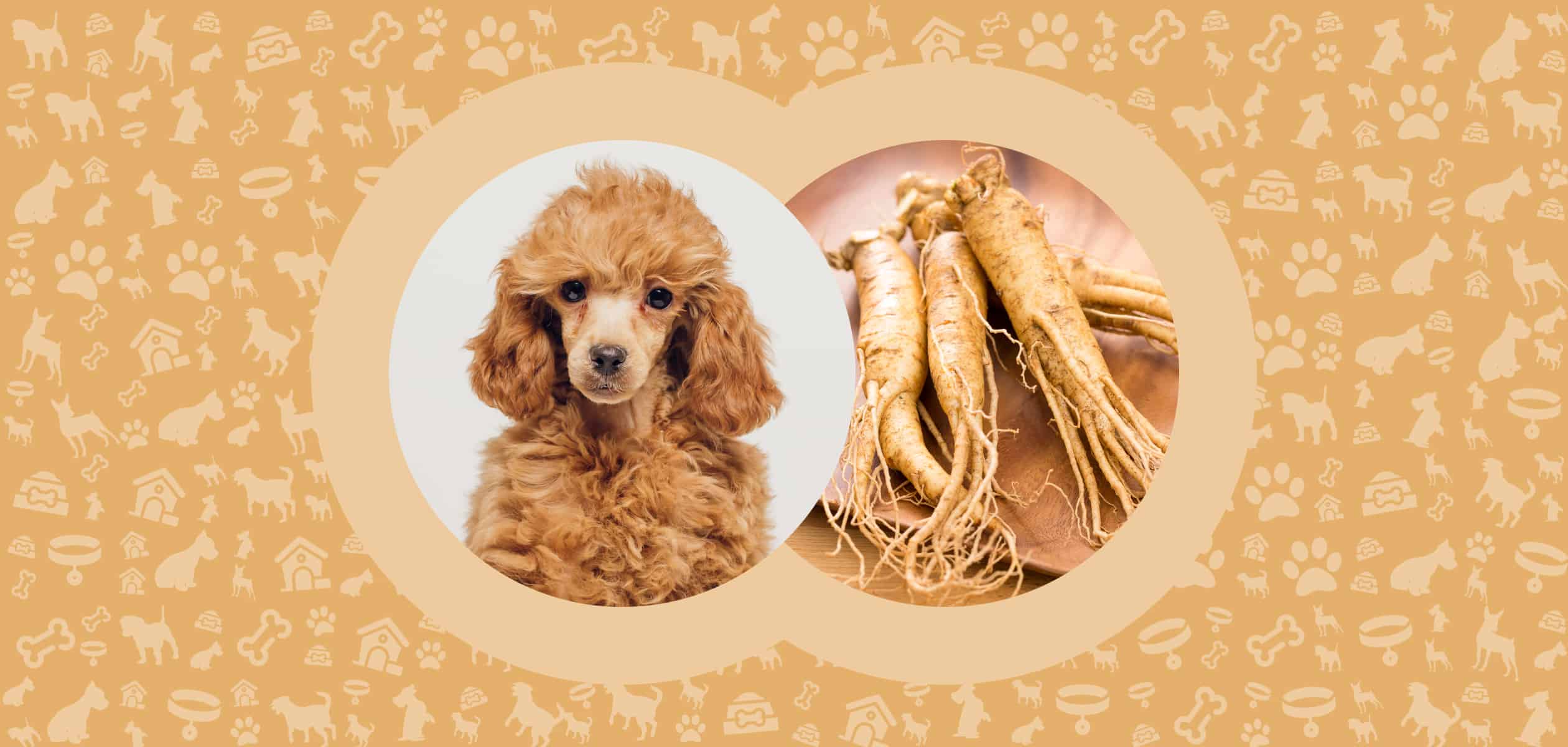
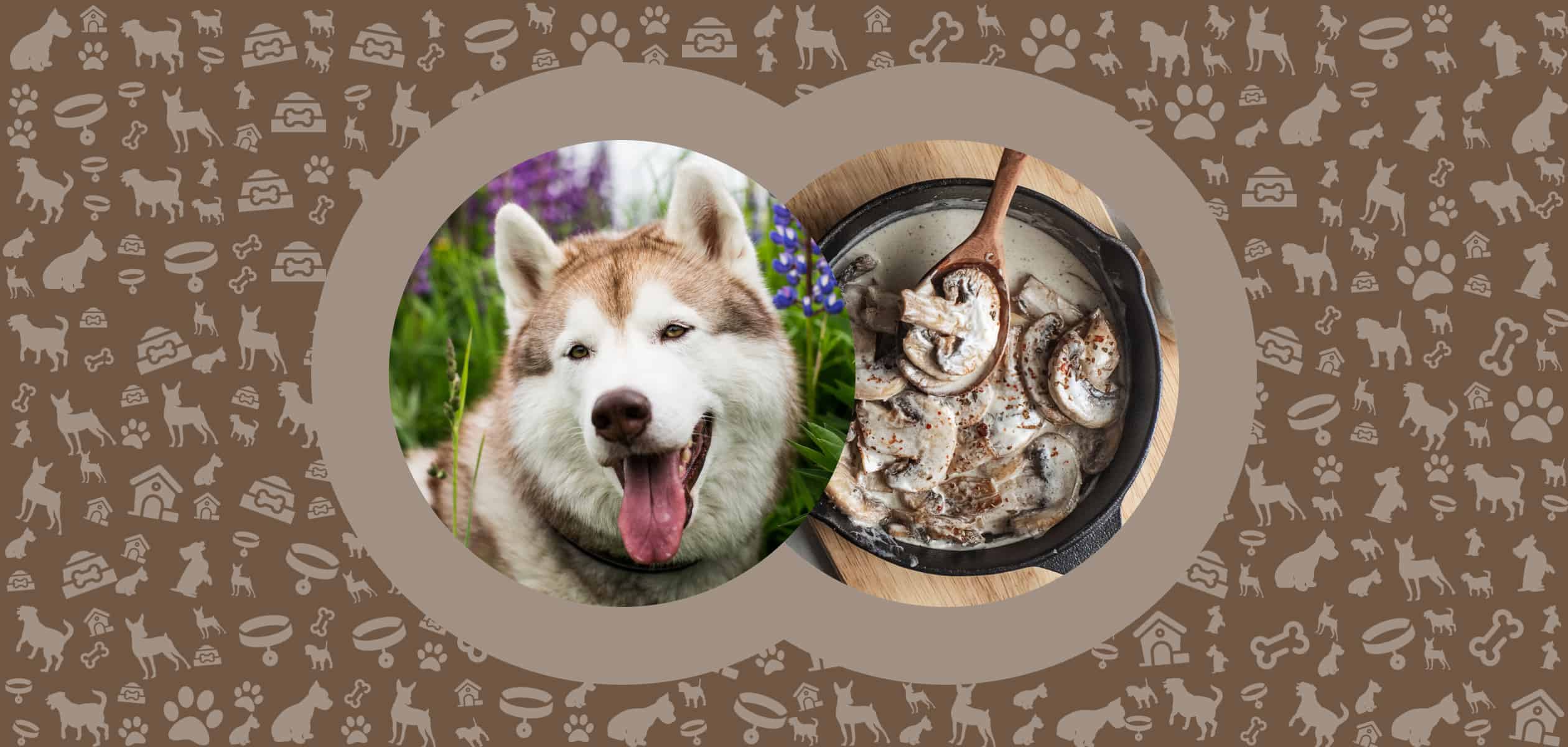
Leave a Comment